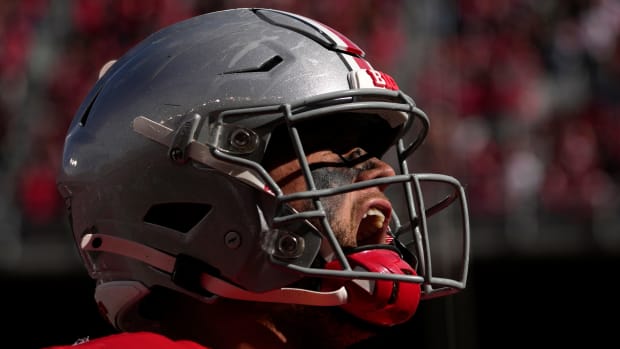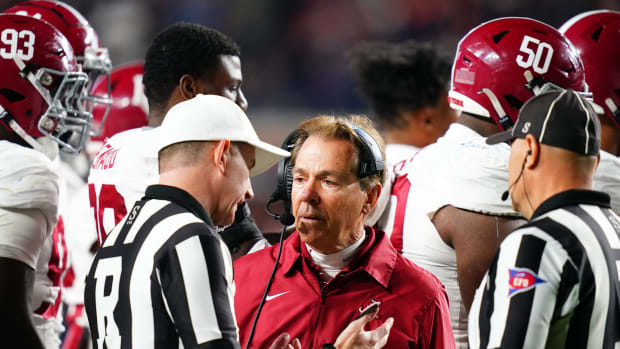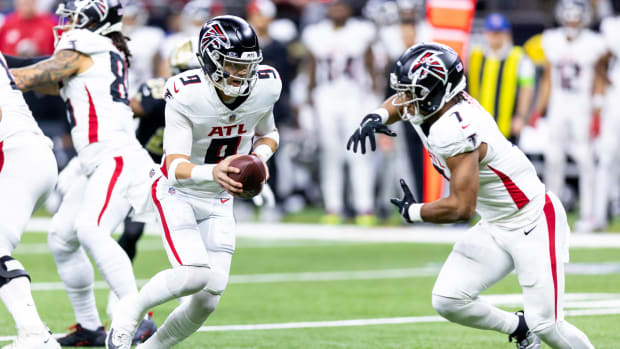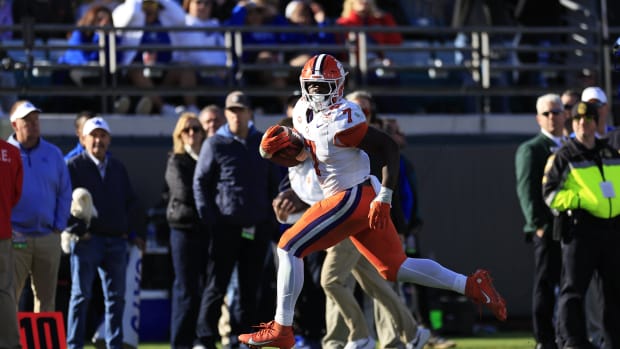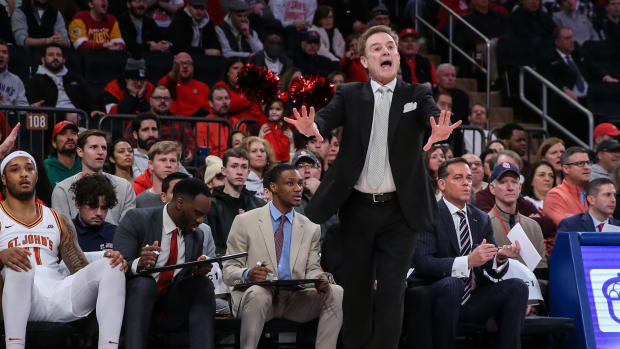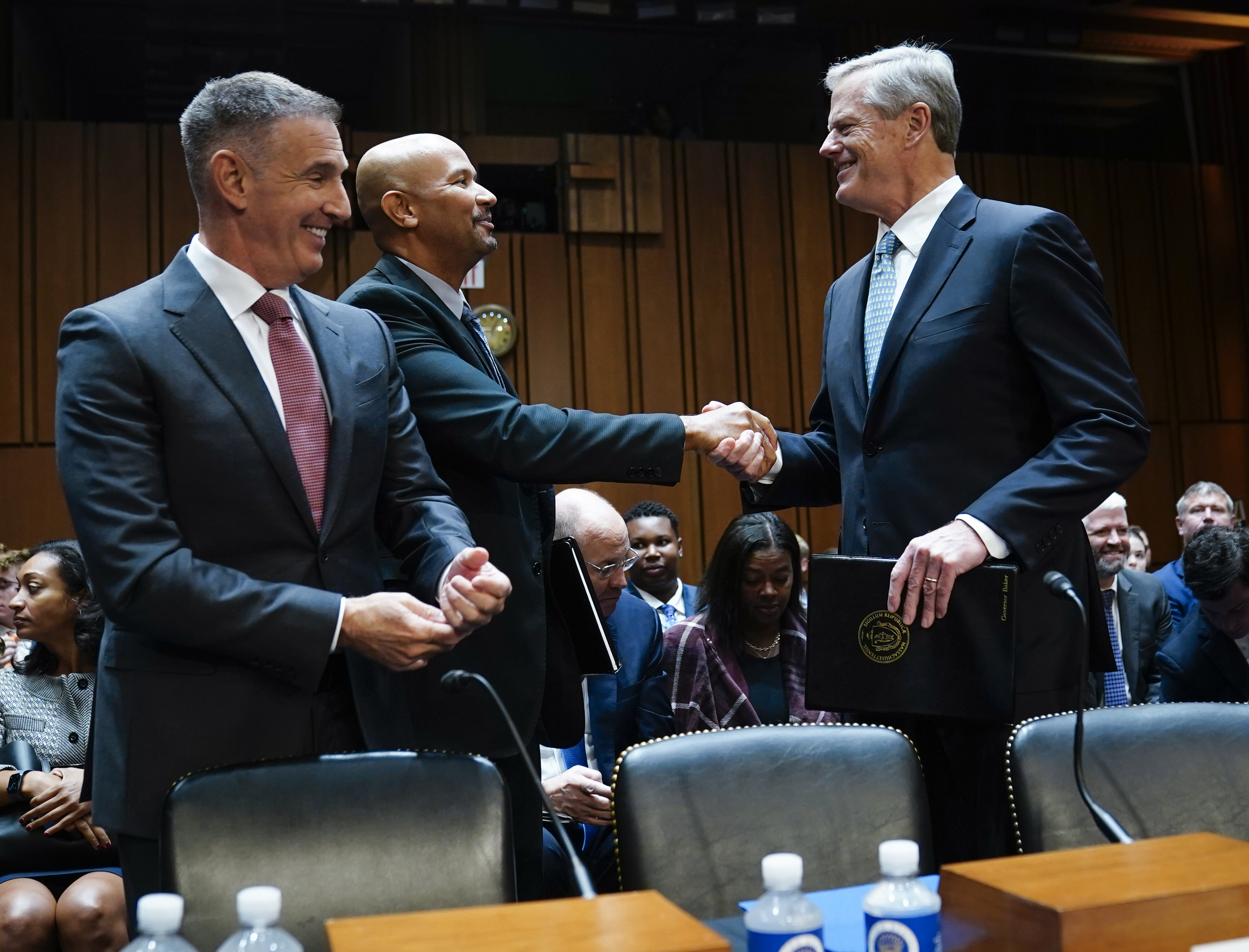
NCAA Proposes New Tier of D-I, NIL Payments from Schools Allowed
This morning, NCAA President Charlie Baker sent a proposal to all Division I programs outlining the creation of a new tier of college athletics. This proposed model will not be subject to the NCAA’s longstanding restriction of direct financial compensation to student-athletes. Schools can now compensate players through direct NIL payments and a trust fund. Amongst other changes, this proposal notably backs down from the NCAA's longstanding position of maintaining a “tradition of amateurism” in college athletics.
During a week of pandemonium in college athletics highlighted by NIL inducements in the transfer portal and coaches calling upon boosters in a NIL arms race, the time seems right to change the current chaotic NIL collective system. Now, instead of creating a proxy payroll through NIL collectives, schools will have the ability to compensate athletes themselves.
Division I programs will have the option to opt-in to this new framework. However, this opt-in does not grant full autonomy to schools to decide their payment structure. Entry into the subdivision requires a minimum annual investment of $30,000 per athlete into an "enhanced educational trust fund" for at least half of a school's countable athletes. The funds would be distributed directly from the schools, likely making the payments subject to Title IX compliance, requiring half the student-athlete investment to be bestowed to female student-athletes.
The model, resulting from a thorough and lengthy review by Baker and his staff, addresses the growing gap between high-revenue and lower-resourced athletic departments. The rapid increase of media valuations for elite college athletics has separated those at the top of the pyramid. The proposal is being used to catalyze discussions between the stakeholders at the highest levels of college athletics.
While this iteration of a Division I opt-in program is far from being officially implemented, it highlights the need for more flexibility and a student-athlete-centric approach at the highest level of sport. The NCAA is looking to separate high-revenue athletic departments from their lower-resourced counterparts. Due to the economic disparities between the 363 Division I schools, a restructuring can create equitable and sustainable athletic models for schools with different levels of sports-driven revenue.
Just next year, the Big Ten media deal will pay out nearly one hundred million dollars annually to each of its member institutions. For comparison, the current Mountain West Conference media deal pays out only seven million annually to member schools. The contrast between the FBS programs mentioned and FCS and Division I AAA (non-football) schools is even more stark.
It is not feasible for many Division I programs outside the FBS to pay half of their athletes $30,000 annually. While some institutions have revenue-generating athletic departments that exploit athlete labor, many do not. Baker’s proposed framework aims to allow institutions that have the funds to compensate their athletes the ability to do so while simultaneously preserving a more traditional approach toward small programs.
A regime in which schools that generate just enough revenue to sustain athletics do not have to compensate student-athletes outside of scholarship feels equitable. A regime that simultaneously allows top institutions that generate hundreds of millions in revenue to deprive athletes of compensation does not.
